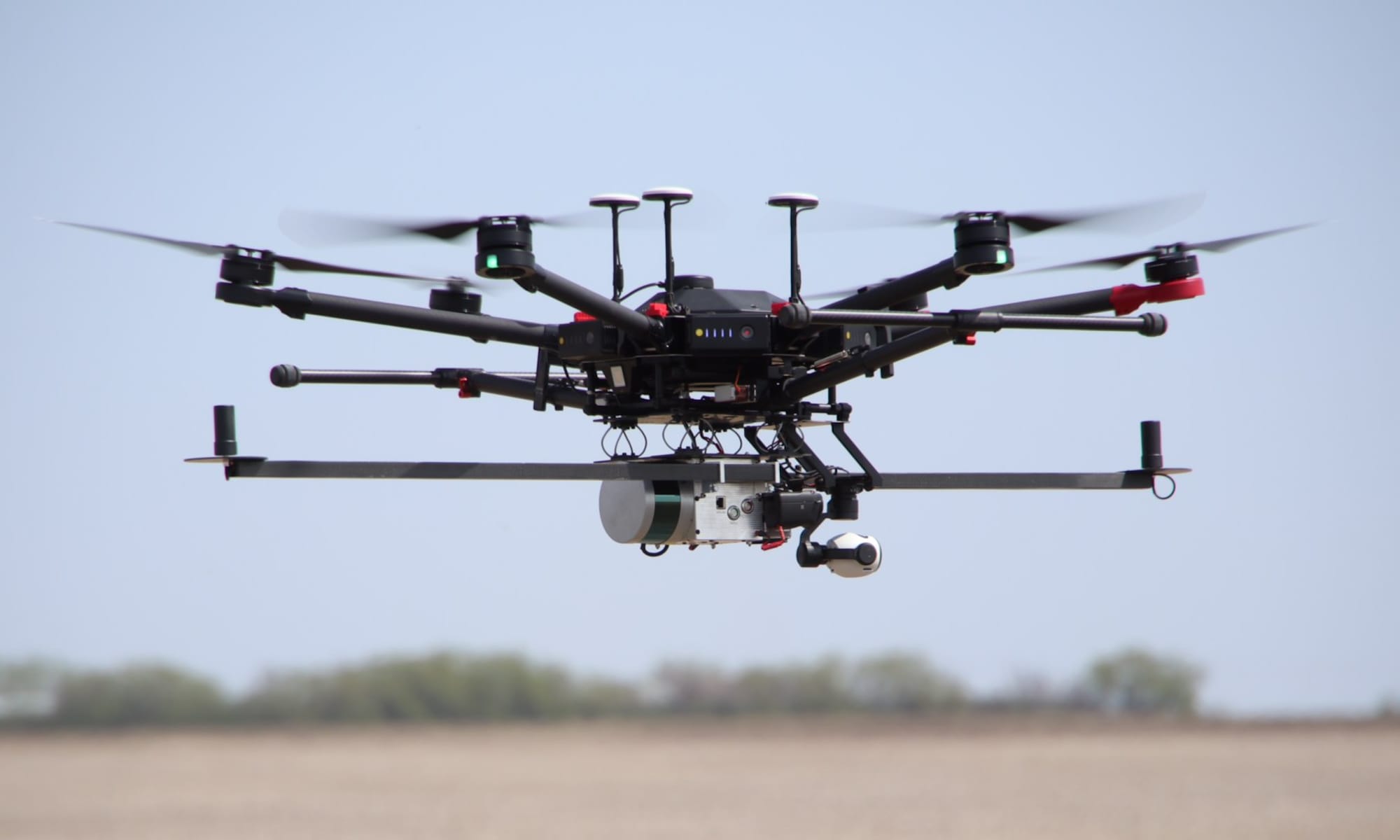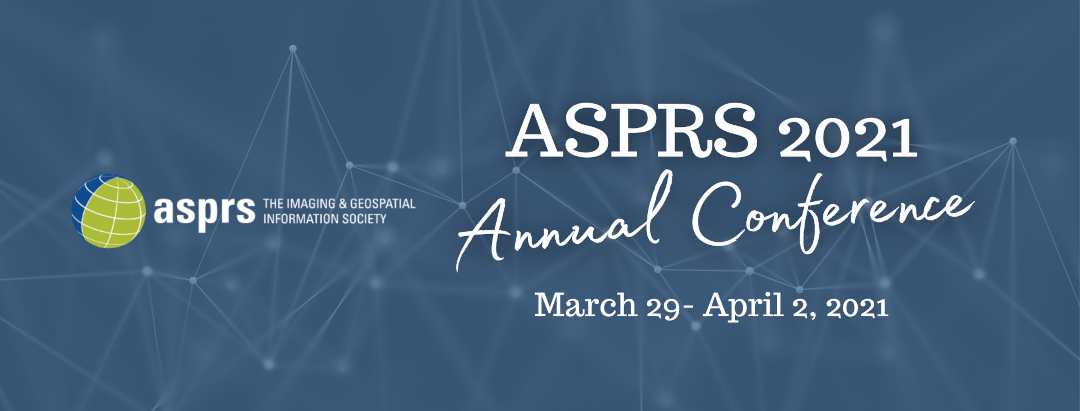This video simulates the data collection process for terrestrial mobile mapping using a handheld OpenMMS hardware sensor. This was the very first time the operators had ever used OpenMMS! Some areas within the project were GNSS-limited, but the tightly-coupled GNSS-INS trajectory was still accurate. Actual video footage recorded by the OpenMMS hardware sensor during the data collection is periodically overlaid for reference. All noisy data within the point cloud has been intentionally included to illustrate the cause of the noise and some of the challenges of terrestrial mobile mapping. The data collection took just over 9 mins to complete! The playback speed of this video is approximately 2X faster than the actual data collection speed.
At times you can clearly see the unique scan pattern of the Livox Mid-40 lidar sensor when it is projected on the walls and roofs of the surrounding buildings! In reality you don’t see these patterns, as the frequency of the laser is outside the visible spectrum and emitted at very low (eye-safe) power levels.
This video was created using Python, OpenCV, and Open3D. The entire workflow will soon be released as open-source to the OpenMMS GitHub repo.


